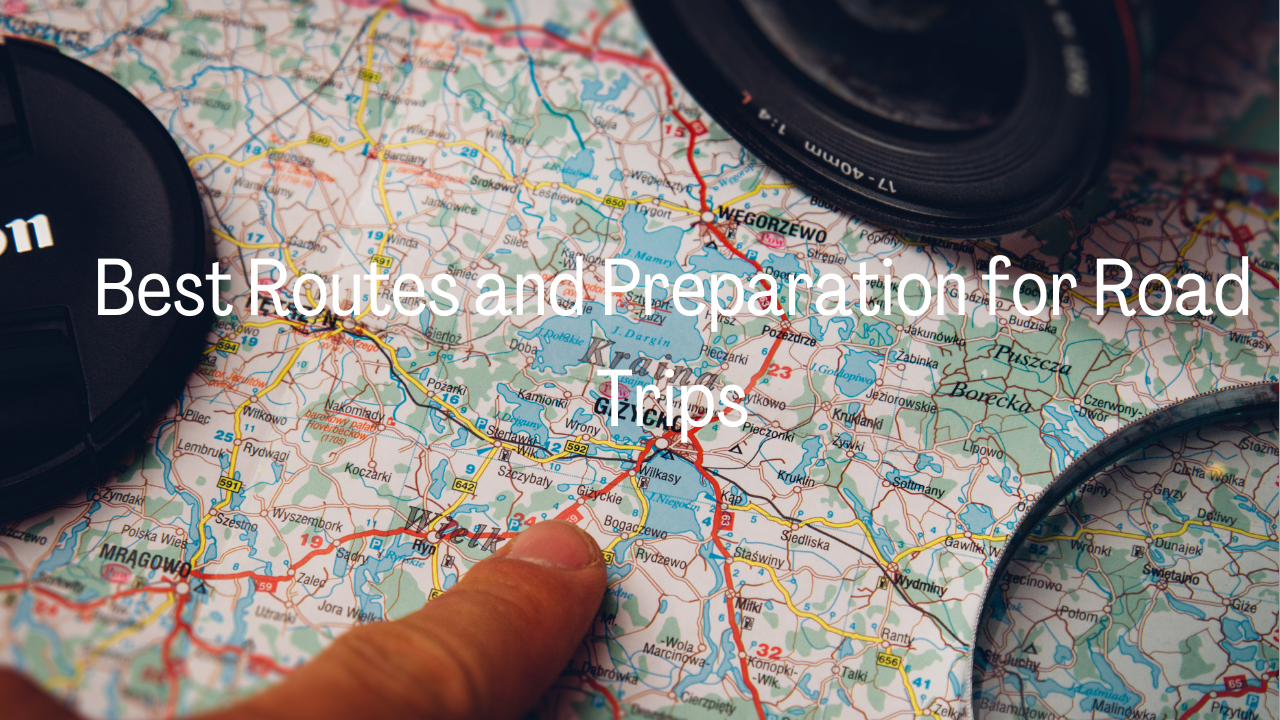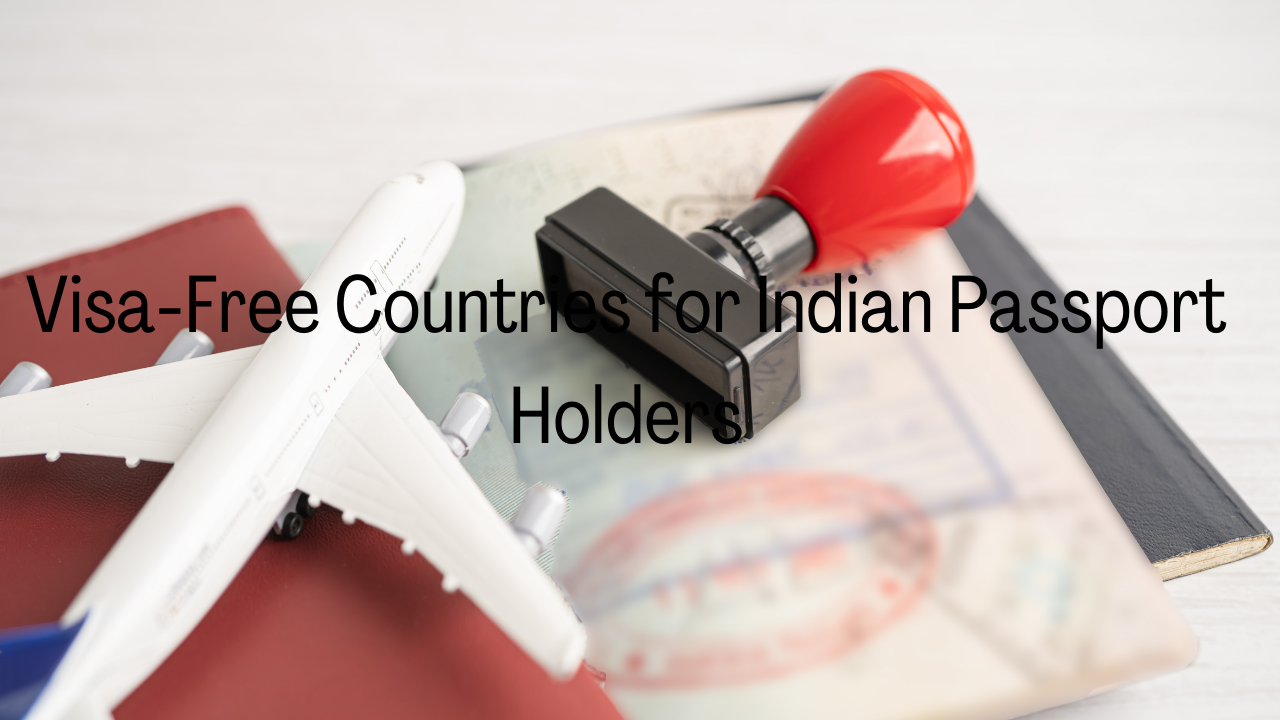Road trips are one of the most exciting ways to explore new places, immerse yourself in scenic beauty, and experience the thrill of adventure. However, a successful road trip requires proper planning, route selection, and preparation. This guide provides detailed information on the best routes for road trips and essential preparation tips to ensure a safe, enjoyable, and stress-free journey.
1. Top Road Trip Routes Around the World
1.1. The Great Ocean Road, Australia
- Distance: 243 km (151 miles)
- Highlights: Stunning coastal views, limestone formations like the Twelve Apostles, waterfalls, and lush rainforests.
- Best Time to Visit: November to April (Summer and Spring)
- Tips: Drive carefully on narrow, winding roads. Stop at Lorne for seafood and visit Great Otway National Park for wildlife spotting.
1.2. Pacific Coast Highway (Route 1), USA
- Distance: 1,055 km (655 miles)
- Highlights: Breathtaking ocean views, Big Sur cliffs, scenic beaches, and charming coastal towns like Monterey and Santa Barbara.
- Best Time to Visit: Late spring to early fall (April to October) for clear weather and sunny skies.
- Tips: Take frequent breaks to capture photographs, and plan for foggy conditions in certain areas. Visit Hearst Castle and McWay Falls.
1.3. Ring Road, Iceland
- Distance: 1,332 km (828 miles)
- Highlights: Volcanic landscapes, glaciers, black sand beaches, geothermal hot springs, and stunning waterfalls like Seljalandsfoss.
- Best Time to Visit: Summer (June to August) for 24-hour daylight and safer driving conditions.
- Tips: Rent a 4×4 vehicle for off-road access. Check weather forecasts as Iceland’s weather changes rapidly.
1.4. Garden Route, South Africa
- Distance: 300 km (186 miles)
- Highlights: Lush forests, wildlife safaris, secluded beaches, and scenic lagoons.
- Best Time to Visit: All year round, but spring (August to October) offers vibrant flora.
- Tips: Stop at Tsitsikamma National Park for hiking and ziplining. Plan your route for safe travel and avoid driving at night.
1.5. Route 66, USA
- Distance: 3,940 km (2,448 miles)
- Highlights: Classic Americana experience, quirky roadside attractions, old diners, and desert landscapes.
- Best Time to Visit: Spring (March to May) and fall (September to November) to avoid extreme heat or cold.
- Tips: Visit Route 66 museums in Illinois and Oklahoma. Plan your gas stops, as long stretches may not have fuel stations.
1.6. The Wild Atlantic Way, Ireland
- Distance: 2,500 km (1,553 miles)
- Highlights: Rugged cliffs, ancient castles, charming villages, and lush green hills.
- Best Time to Visit: May to September (warmer weather and longer daylight).
- Tips: Take detours to see the Cliffs of Moher and Galway. Pack for unpredictable weather.
1.7. Leh-Manali Highway, India
- Distance: 479 km (298 miles)
- Highlights: Himalayan landscapes, high mountain passes (Rohtang Pass), monasteries, and surreal desert scenery.
- Best Time to Visit: June to September (when passes are open and snow has cleared).
- Tips: Ensure you’re acclimatized to high altitudes. Drive cautiously on steep, narrow roads. Carry extra fuel and spare tires.
2. Preparation Tips for a Successful Road Trip
2.1. Route Planning and Navigation
- Research Routes: Identify scenic routes, essential detours, and notable landmarks. Use Google Maps, Waze, or offline navigation apps.
- Road Conditions: Check road conditions for possible construction, detours, or weather-related closures.
- Rest Stops: Plan for rest breaks every 2-3 hours to avoid fatigue. Look for roadside cafes, rest areas, and scenic spots.
- Alternate Routes: Have an alternative route ready in case of roadblocks or heavy traffic.
2.2. Vehicle Check and Maintenance
- Pre-trip Inspection: Schedule a mechanic visit to check tires, brakes, engine oil, coolant, and battery health.
- Tires and Spare Parts: Ensure tire pressure is correct and keep a spare tire, jack, and lug wrench on hand.
- Emergency Kit: Carry essential items like jumper cables, a flashlight, first-aid kit, and basic repair tools.
- Car Documents: Keep your license, insurance, and vehicle registration handy.
2.3. Packing Essentials
- Clothing: Pack weather-appropriate clothes and layers for changing weather.
- Food and Snacks: Stock up on non-perishable snacks, water, and beverages to avoid frequent stops.
- Sleeping Gear: Bring sleeping bags, blankets, and pillows for overnight stays or emergencies.
- Personal Items: Bring essential toiletries, medications, and electronics (chargers, power banks, and headphones).
- Tech and Gadgets: GPS, dashcam, USB adapters, and entertainment devices for a smoother experience.
2.4. Health and Safety
- Emergency Contacts: Share your travel route with friends or family.
- Travel Insurance: Get insurance that covers road trip emergencies like accidents or breakdowns.
- Weather Updates: Monitor weather forecasts and avoid driving in extreme weather conditions.
- Driving Tips: Avoid driving when drowsy, and always wear seatbelts. Stick to speed limits and avoid risky maneuvers.
2.5. Financial Planning
- Budgeting: Calculate fuel costs, accommodation, tolls, food, and activities.
- Cash and Cards: Carry some cash for emergencies, especially in rural areas where card payments may not work.
- Fuel Management: Track fuel stations along the route and avoid letting the tank go below 25%.
2.6. Entertainment and Comfort
- Music and Podcasts: Create a playlist or download audiobooks to stay entertained.
- Games and Activities: Bring travel-friendly games for kids to prevent boredom.
- Comfortable Seating: Use cushions, neck pillows, and seat adjusters for long drives.
3. Road Trip Etiquette and Responsible Travel
- Respect Local Laws: Adhere to local traffic rules, speed limits, and customs.
- Dispose of Waste Properly: Avoid littering. Use designated bins at rest stops.
- Support Local Businesses: Buy from local cafes, diners, and shops to support the local economy.
- Respect Nature: Do not disturb wildlife or damage natural habitats.
4. Common Road Trip Mistakes to Avoid
- Overpacking: Bring only what you need to avoid a cluttered vehicle.
- Underestimating Travel Time: Allow for delays and spontaneous detours.
- Ignoring Vehicle Maintenance: Small issues can become major problems on the road.
- Skipping Breaks: Driving non-stop can cause fatigue, so schedule regular breaks.
- Not Booking Accommodations: If your trip includes overnight stays, book hotels or campsites in advance.
Conclusion
Road trips are about adventure, exploration, and the joy of the open road. Choosing the right route and preparing in advance can make the experience stress-free and enjoyable. Whether you’re cruising down the Pacific Coast Highway, driving through the Himalayas, or exploring the Wild Atlantic Way, these tips will ensure a memorable trip. Plan well, stay safe, and enjoy the journey as much as the destination.







Leave a Reply